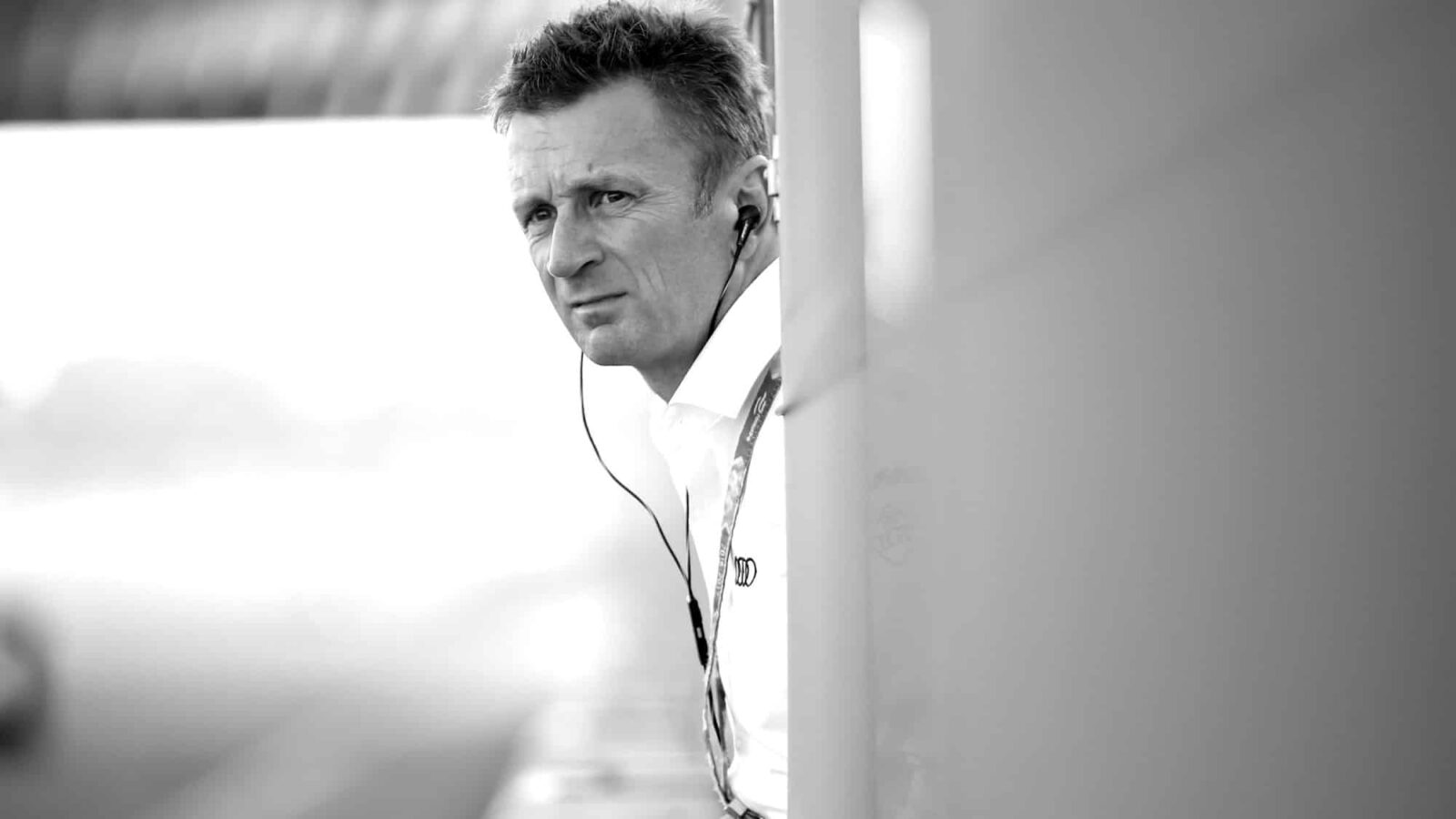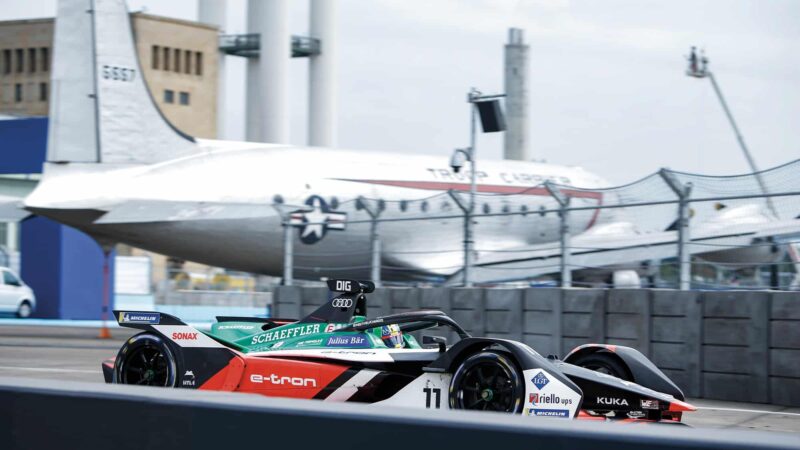Formula E 2019/20: A challenging campaign comes to its end
After a five-month wait, Formula E packed six races into nine days to finish its season in Germany, and did brilliantly to finish it at all, says Allan McNish

Formula E supported by Audi Sport
Another Formula E season has come to an end for the Audi Sport ABT Schaeffler team after six races crammed into just nine days at Berlin’s Tempelhof Airport.
Firstly, I think the championship itself deserves a lot of credit for putting on an event of this stature in such tough circumstances amid the COVID-19 pandemic. There was an awful lot of work going on behind the scenes to put it all together amid the strict controls that were required by the hygiene authority in Berlin to allow it to happen at all. And that’s to say nothing of the actual COVID-19 testing process that everybody went through on at least two occasions while they were there, which I think was more stringent than any other category of motor sport has had to go through, at least from what I know.
That’s partly because it’s in a city and not a race track out in the countryside, and also in a country where they have been super strict with the regulations as well. But I have to say Formula E did an incredible job, in particular their sporting director, Fred Espinos, was incredible. He was always there pushing things along and making sure it all went off without any real hitches for the teams.
After a five-month break since the previous round in Marrakesh, there’s no question the atmosphere in Berlin was very different to what we are used to. I was standing before the final race looking out across the start/finish straight at where all the grandstands would normally be, and it struck me that Audi would normally have a grandstand there, and at the last corner there would also be a Schaeffler one.
We were due to have 1500 guests in that grandstand and instead there was nothing. Once the action starts, as a team you focus on that, but before and around the sessions it was obvious that the usual buzz of the place was missing.

Di Grassi took a best finish of third in the second outing in Berlin, with team-mate Rast scoring well
The fans and the VIPs really bring the place alive and we missed them. Another change was that some of us in the team were doing additional jobs that normally we wouldn’t do.
We had no press and marketing people there, which meant I was trying to corral our drivers to make sure they went to their interviews and press conferences, and even making sure they had the correct hats on and things like that. It was like herding cats, so I’m not sure I’ll get that job full-time!
With René Rast making his debut with us in Berlin, it meant effectively at the beginning of the six races we only had one car in the fight, because René was still finding his feet. For him it was like being at the season opener in Riyadh while everyone else was already through the season. I think he did a very good job in the end. In the beginning we only had Lucas di Grassi fighting for points and podiums, and we didn’t expect René to be in that position, it was one of those things we had to accept. In the final double-header with the different circuit layout everyone was on a more even footing, because we didn’t have circuit data, drivers didn’t have track knowledge and René had got four races under his belt, and kind of understood what not to do as much as what to do. Then we had two drivers in the fight.
“António Felix da Costa was outstanding… I’ve not seen anything like it”
As for Lucas, it really didn’t help that he was having to fight his way out of Group 1 in qualifying most of the time, as it was clear there was a big track evolution between the groups. Between the first car out in Group 1 and the end of Group 2 there was at least 0.3 seconds delta in lap time, so some drivers were qualifying down in 15th or lower at times having been up at the front of Group 1. For the final race Lucas, having dropped to seventh in the standings, had his best qualifying in Berlin, purely because he was in Group 2. But then again that was something everyone else in Group 1 had to battle with.
Frankly, António Félix da Costa, the eventual champion, was outstanding. He’s got a very good capability to get out of Group 1 and into Super Pole. But some of his laps in Super Pole were exceptional, I’ve never seen anything like it in Formula E before – half a second over the next-best car. And then the next-best car back to 20th on the grid was another half-second. It was just an incredible performance. That really made everybody else look second-rate.
In Berlin, Audi did have two podiums across the six races, five in total when you include our customer team Envision Virgin Racing. But considering the circumstances of the weekend with René needing to gain experience, it was always going to be tough to get the position we wanted. We went there fighting to be as high up as possible in the teams’ standings and in my mind an ideal position would have been second, but in the end we were sixth. Looking back, we were fast and scored points with both cars, but just not consistently enough throughout the season.
René got 29 points through the six Berlin races, and that I think was a very good score, it was just under half of Lucas’ tally of 77 for the whole season. But when you look at teams like DS Techeetah and Nissan, the benefits of having two drivers who are both fighting at the front become clear – if one driver drops the ball, the other is there to pick it up.
Our Achilles’ heel this season has been qualifying. It’s where we haven’t been able to put it all together with both cars all the time. That’s what we need to do next season. Now the competition level is too high between five or six teams that if you don’t hit it all the time with both cars, you won’t be in the title fight.
We can’t wait for next season to begin, but in the meantime we’ll be flat-out testing to ensure we come back fighting harder than ever.
Allan McNish is the Team Principal of Audi Sport ABT Schaeffler Formula E Team as well as being a three-time Le Mans winner.
